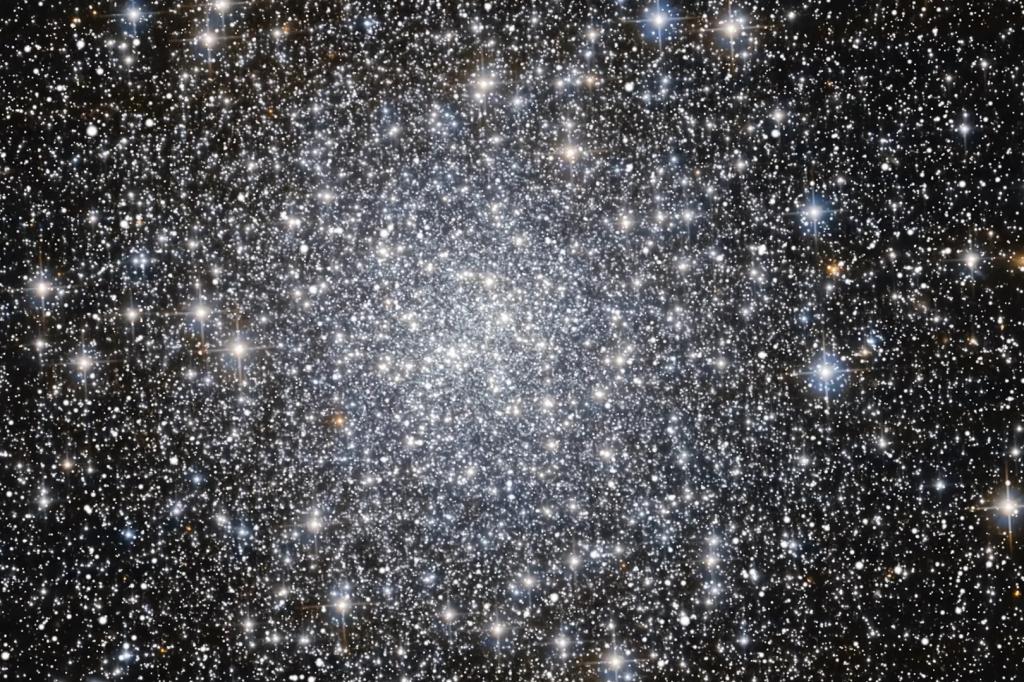We know that the components of the universe are infinite. New research on the night sky revealed hundreds of thousands of new galaxies that were previously hidden. The study was done in an observatory in Paris where such telescopes were used that detected the sources of light not visible through other simple tools and instruments.
It was not an individual effort, rather a team of international expert astronomers from 18 countries worked together on this project. It was explained that the discovery was groundbreaking, in that it unveiled some of the hidden mysteries and enigmas of the universe including the phenomenon like the evolution of galaxies and black holes etc.
The radio astronomy technique was used to observe the sky above the northern hemisphere and distant galaxies that were 300,000 in number were revealed. At first, these were labeled as unseen light sources and the images perplexed the scientists who studied in detail to reveal the true nature of the things they had seen. Cyril Tasse, a researcher at the Paris Observatory, said that “This is a new window on the universe”.
The mentioned technique helps to identify radiation and the changes produced when heavenly bodies interact. LOFAR (Low-Frequency Array) telescope was used to detect the trails of radiation, that extends to over millions of light years, and energies produced after the merging of galaxies.
The sources can then be further pinpointed after analyzing the obtained data.
These new light sources (or galaxies) can also help in figuring out the mysteries of black holes. The black holes are unique as they can engulf every matter due to a strong gravitational pull and they emit radiations afterward. The development and formation of black holes can be



